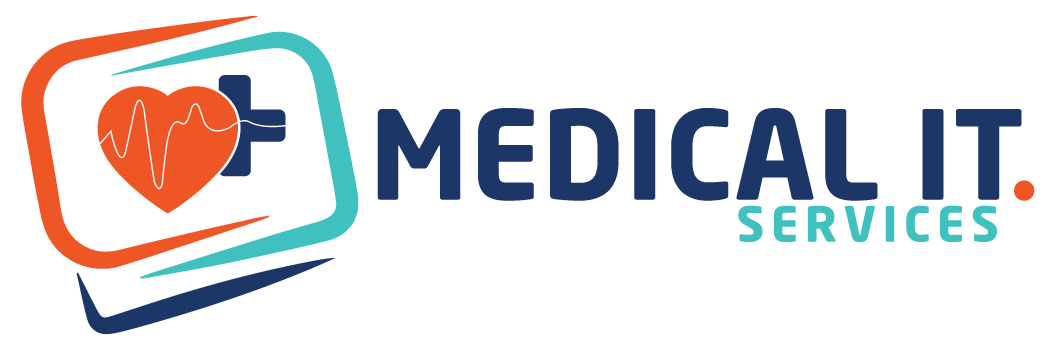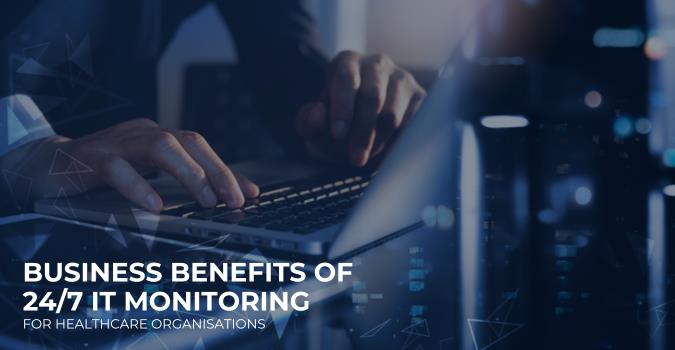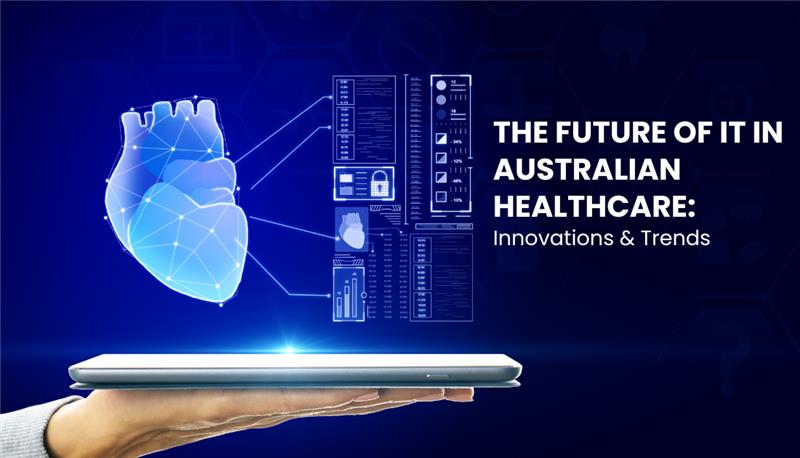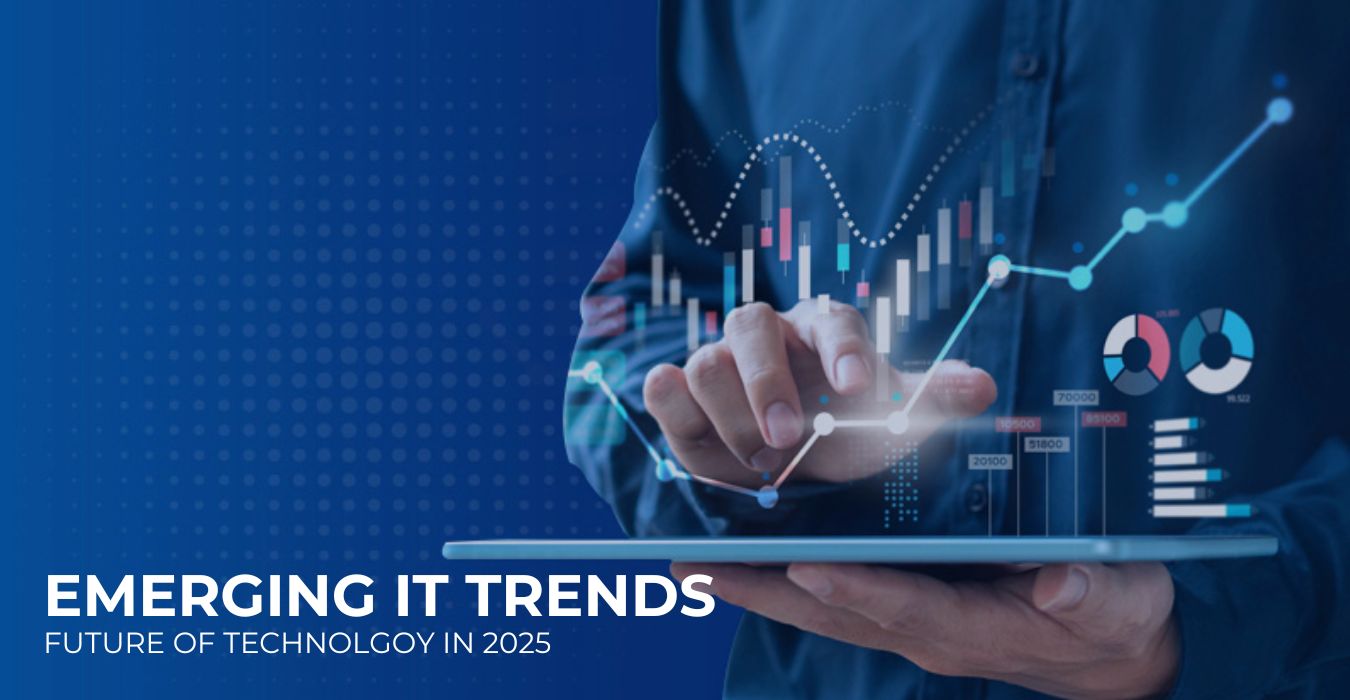Healthcare organisations rely on robust IT systems to manage patient records, facilitate telemedicine and support…
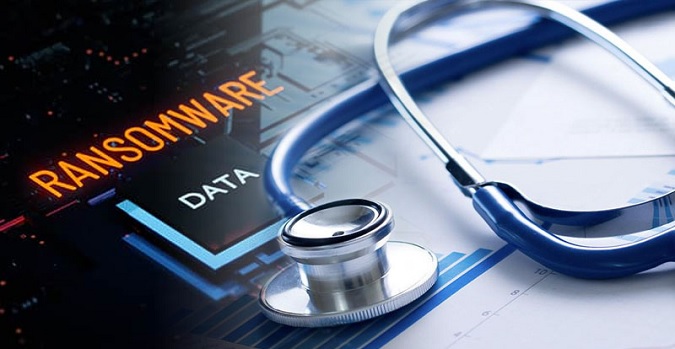
Ransomware Attacks: Strategies for Prevention and Recovery
Ransomware Attacks are a growing threat to healthcare businesses in Australia. To prevent an attack, it’s important to keep software and security systems up to date and be cautious of suspicious emails and links. In the event of an attack, do not pay the ransom and instead seek the help of a professional cybersecurity solution provider to assist with recovery efforts. To minimize damage, isolate infected systems immediately and implement a comprehensive incident response plan. It’s also crucial to educate employees on the dangers of ransomware and best practices for avoiding it. Stay vigilant and proactive to reduce the risk of a successful attack.
According to the Cybersecurity and Infrastructure Security Agency (CISA), ransomware attacks hit a new target every 14 seconds, disrupting operations, stealing data, and manipulating businesses. To maintain access to your critical medical data, there are the following cybersecurity best practices for healthcare providers in Australia to protect and recover from ransomware attacks with confidence.
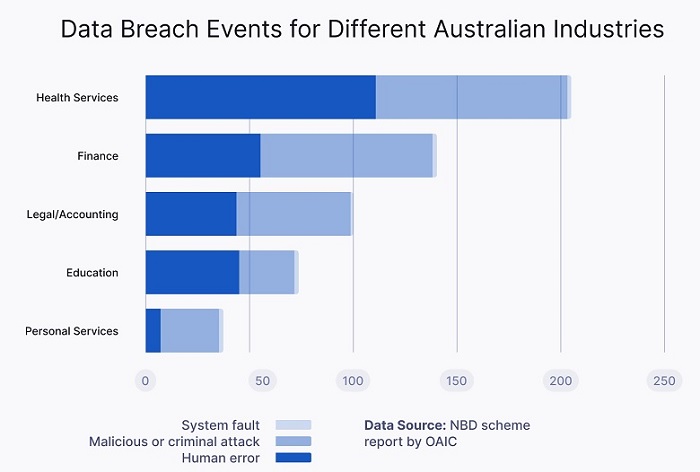
Best Ways To Protect & Recover From Ransomware Attacks
Prevention Strategies
The best strategy to prevent ransomware attacks in the first place can be tedious and challenging. A medical practice should identify and address known vulnerabilities that can enable attackers to steal important information. Most cyber-attacks happen because of human error; it is the root cause of breaches. So to secure healthcare facilities from attacks, educating employees about identifying cybersecurity risks is essential.
Ransomware awareness training can help employees determine, respond to, and avoid attacks and test their knowledge in a secure environment. Medical practices in Australia can also lessen the data breaching risk by sticking to the “least access” regulations to grant employees the minimum levels of access or permission required for their job. The clinics and hospitals can also take a more rigid stance on the technical aspects of cybersecurity. They can implement intelligent network design and segmentation to prevent risk by limiting ransomware intrusions to a portion of the network instead of the entire system.
Response and Recovery Techniques
It is pertinent to mention that even with numerous protective measures in place, there are only so many healthcare practices that can do to prevent a ransomware attack. The medical practice must respond immediately to mitigate the effects of a breach. This possesses pre-established procedures for incident response, vendor management, business continuity, and other critical areas.
Related Story: How To Protect Medical Devices from Malware Attacks
With pre-defined methods, ransomware protection can be possible and essential to effectively containing and recovering from ransomware.
Moreover, restoration and follow-up strategies for incidents should address the following:
- Elimination of the intruder’s means of access
- Restoration of systems, programs, and data (using available offline or offsite backups)
- The initiation of customer notification and service activities consistent with laws, regulations, and interagency guidance
- Monitoring to witness similar or further incidents
Improve Internal Resources
With the increasing intricacy of ransomware attacks, the major cybersecurity threats faced by the healthcare sector in 2022. So, it can be challenging for healthcare companies to respond and recover from a cyberattack in possible time. However, those with limited internal resources can get assistance from a third-party cybersecurity and IT expert to manage the process.
Protect data with technology best practices
With the increasing number of cyberattacks associated with the growing complexity of attacks, healthcare providers in Australia must clearly understand the cost tradeoffs of investing in cybersecurity and employee education against losing access to critical data and the effect on your operations and reputation.
Employ effective backup tactics
The ransomware attack is always an advanced hack. It runs over time in the background while understanding the behavior of your backup routines. As such, it is essential to maintain a steady copy of the data in other locations as part of recovery eagerness strategy and disaster recovery methods. The hospitals in Australia that only depend on snapshots as backups are at a higher risk. When the image or the other instance is duplicated, the source is corrupted, too — as it follows the doppelganger. Having a maintained version of the data from prior recovery points in a protected location is a must.
The Bottom Line
Protecting patient data is necessary for every healthcare provider in Australia, and recovering that data from ransomware attacks should be the utmost priority of all medical companies. If you want to prevent ransomware attacks and safeguard your data, there is no need to look further. MedicalIT.Services provide AI-Based Healthcare Cybersecurity Solutions with health check features to enhance your network security. Contact us to get a free one-hour cyber security consultancy.
Also Read:
